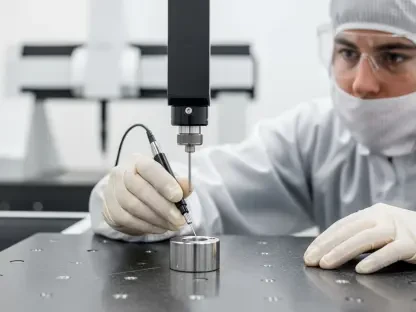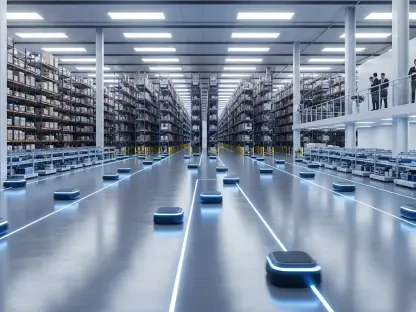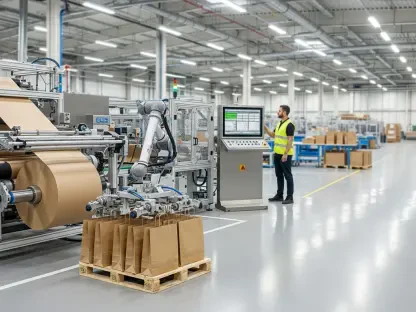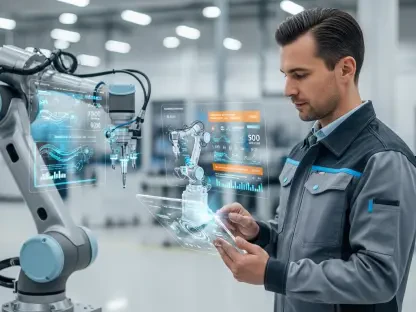In an era where digital transformation is reshaping industries at an unprecedented pace, the manufacturing sector finds itself at a critical juncture, grappling with a surge in cybersecurity threats that could derail progress. As factories become smarter and more connected through the integration of information technology (IT) and operational technology (OT), the potential attack surface for cybercriminals expands dramatically. This convergence, while driving efficiency, exposes manufacturers to sophisticated risks that traditional security measures struggle to address. A recent comprehensive survey of over 1,500 industry leaders across 17 major manufacturing countries reveals a stark reality: cyber risks now rank among the top threats to growth. Amid this challenging landscape, artificial intelligence (AI) emerges as a powerful ally, offering innovative solutions to safeguard operations and maintain productivity in an increasingly hostile digital environment. This pressing issue sets the stage for a deeper exploration of how advanced technologies are revolutionizing security practices in manufacturing.
AI as a Game-Changer for Threat Detection
The adoption of AI in manufacturing is gaining remarkable traction, particularly in the realm of cybersecurity, where it serves as a cornerstone for modern defense strategies. In the Asia-Pacific (APAC) region, an overwhelming 94% of manufacturers have either already invested in or plan to invest in AI and machine learning (ML) technologies within the next few years, from now through 2030. Beyond cybersecurity, which accounts for 44% of AI applications, manufacturers are leveraging these tools for quality control and process optimization, demonstrating the versatility of such innovations. AI’s ability to enable real-time threat detection stands out as a critical advantage, allowing systems to identify and respond to anomalies faster than human operators or outdated software ever could. This capability is vital as IT and OT systems become more intertwined, rendering legacy security tools inadequate. Despite this progress, challenges persist, with nearly 28% of APAC manufacturers citing a lack of leadership awareness about cyber risks, underscoring the need for education alongside technological investment.
Bridging the Gap Between Technology and Talent
While AI offers transformative potential for cybersecurity in manufacturing, the human element remains a significant hurdle that must be addressed to fully realize these benefits. Workforce shortages, coupled with a lack of skilled talent and training challenges, continue to impede competitiveness in the industry. As manufacturers strive to attract the next generation of workers, there is a noticeable shift toward prioritizing hires with expertise in cybersecurity and analytical skills to manage complex, digitized environments. This focus on human capital development is crucial, especially as rising labor costs add pressure to operational budgets. Additionally, technology is being harnessed to create more engaging job roles, with 42% of APAC manufacturers using AI to enhance employee satisfaction alongside efficiency gains. Looking back, the journey to integrate AI into security frameworks reflects a broader commitment to balancing innovation with workforce readiness, ensuring that employees are equipped to navigate evolving threats. The next steps involve sustained investment in training programs and fostering leadership understanding to close the gap between technological advancements and organizational preparedness.









